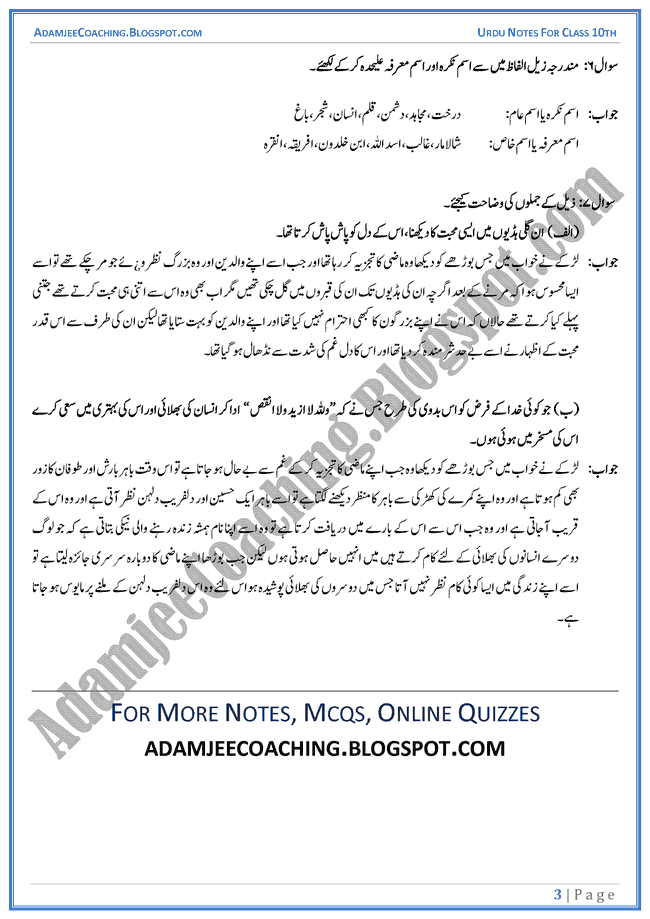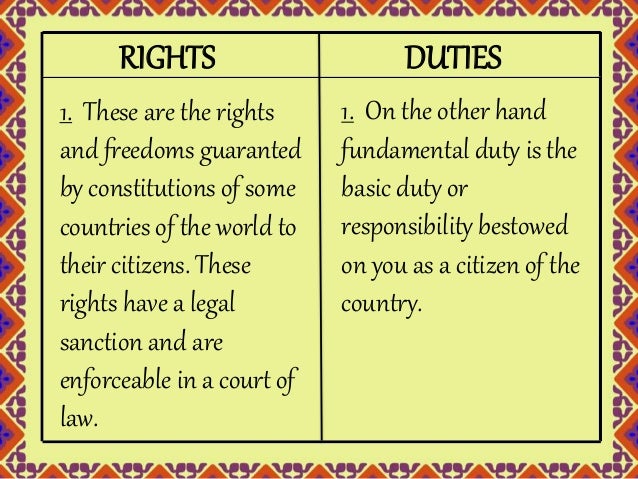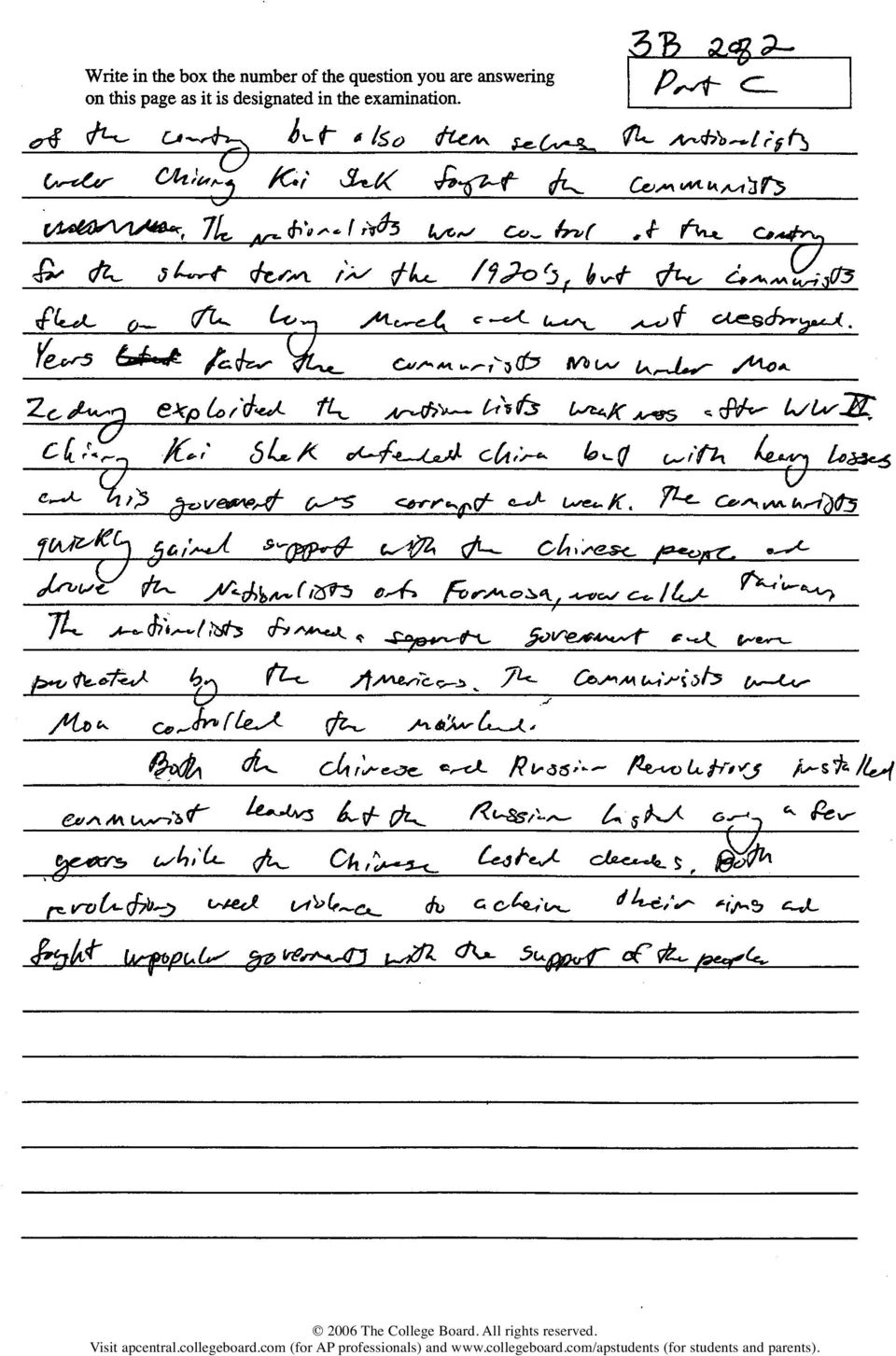Essay on Gas Exchange- Insect, Fish, Mammals EssayDepot.com.
Fish, insects and mammals have very different gas exchange systems. They each increase the surface area:volume ratio in a different way. Fish have filaments and lamellae in the gills. These are very long and thin, maximising the surface area. In mammals, the tissue of the gas exchange surface folds back on itself. These folds of the alveoli.
An advantage of the gas exchange system in mammals is that they have a circulatory system. Oxygen is absorbed by the blood to be transported to every cell in the body. This means the size of mammals isn't limited by their gas exchange system. No matter how big the mammal gets, every cell will have a capillary delivering oxygen.

Gas exchange in mammals fish and insects essay about myself Predictions about the future essay revolutionised smoking essay writing disadvantages of television an essay against the death penalty. Social support dissertation mental health.

Animal Respiration. Every cell in an animal requires oxygen to perform cellular respiration. Cellular respiration is the process by which animals take in oxygen and exchange it for carbon dioxide and water as waste products.Animals have specialized systems that help them do this successfully and efficiently.

Insects obtain oxygen through their external gas exchange system and rely heavily on diffusion itself. This is because insects do not have a circulatory system that enables them to pump oxygenated blood around the body, unlike fish and mammals.

Gas exchange in fish and insects. STUDY. PLAY. Fish-They have gills which consists of thin plates called gill filaments. This provides them a big surface area because it allows diffusion of oxygen to happen rapidly. Countercurrent flow in fish. Blood flows along the gill arch to the gill plates (lamellae). The blood flows into the capillaries carrying a low concentration of oxygen, flowing to.

In complex, multicellular organisms cells organise themselves in such a way that enables a greater structure and function. Cells differentiate into specific structures and functions, and organise themselves as such into tissues. The different tissues can then form organs with yet a higher level of structure and function, and organs can work together in certain broad areas of the organism's.

Start studying 2: Gas exchange in fish, insects and birds. Learn vocabulary, terms, and more with flashcards, games, and other study tools.

Fish Gas exchange is more difficult for fish than for mammals because the concentration of dissolved oxygen in water is less than 1%, compared to 20% in air. Fish have developed specialised gas-exchange organs called gills, which are composed of thousands of filaments. The filaments in turn are covered in.

BIOLOGY 90462 Describe diversity in the structure and function of animals. (mammals, insects, worm) or water (fish). Challenge of different environments and metabolic requirements. Animal groups show diversity to solve requirements for metabolism and size, and because of the medium they live in. Characteristics of an efficient gas exchange system large surface area moist thin permeable.

Water can evaporate from the insect and they open the spiracles to allow gas exchange. 7 of 9 Explain why water is always lost from the gas exchange surfaces of terrestrial organisms.

Gas exchange is the process by which oxygen and carbon dioxide (the respiratory gases) move in opposite directions across an organism's respiratory membranes, between the air or water of the external environment and the body fluids of the internal environment. Oxygen is needed by cells to extract energy from organic molecules, such as.

Most animals and plants consist of different types of cells organised as tissues, organs and systems. The human respiratory system is a body system adapted for efficient gas exchange.



